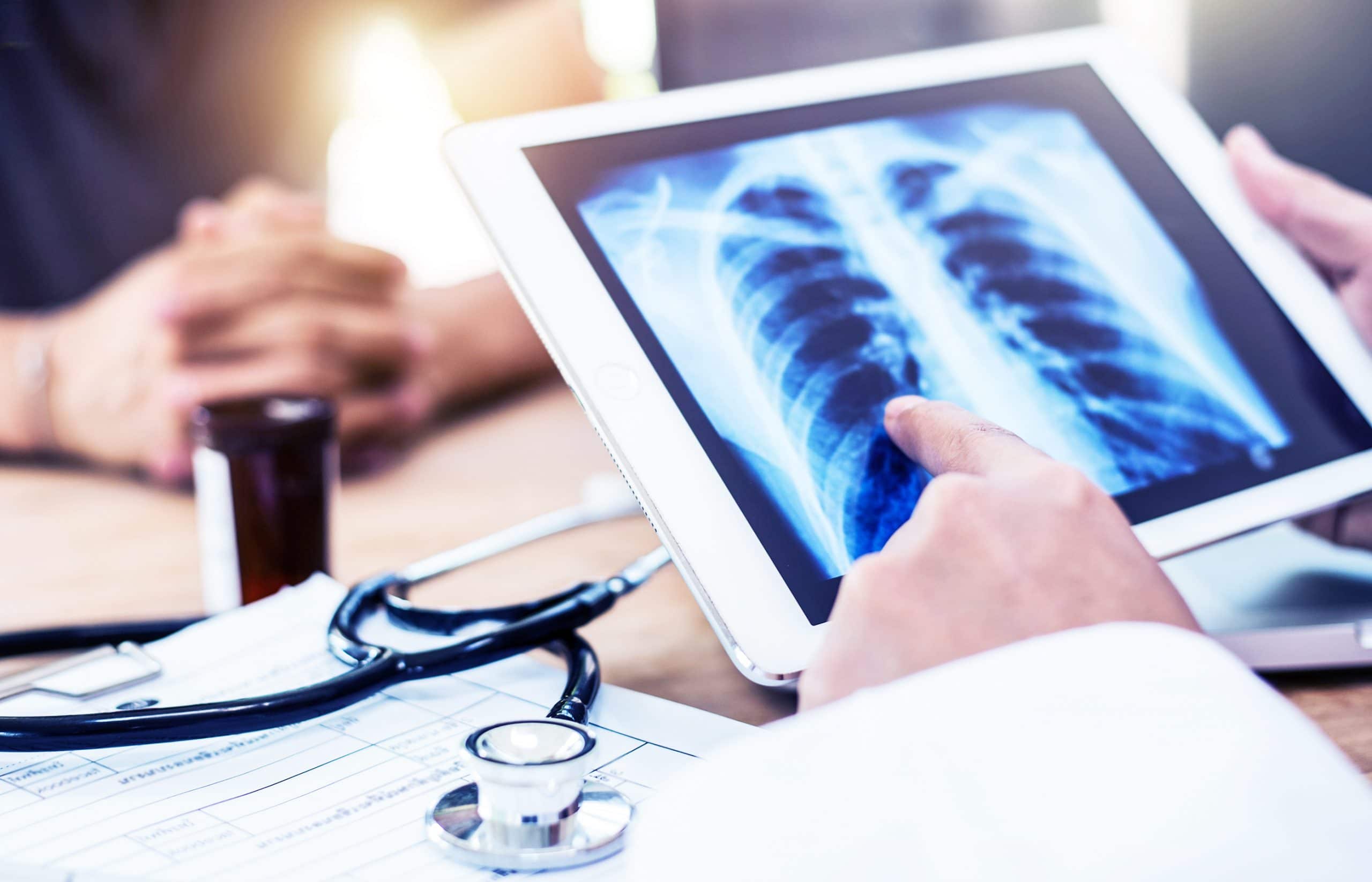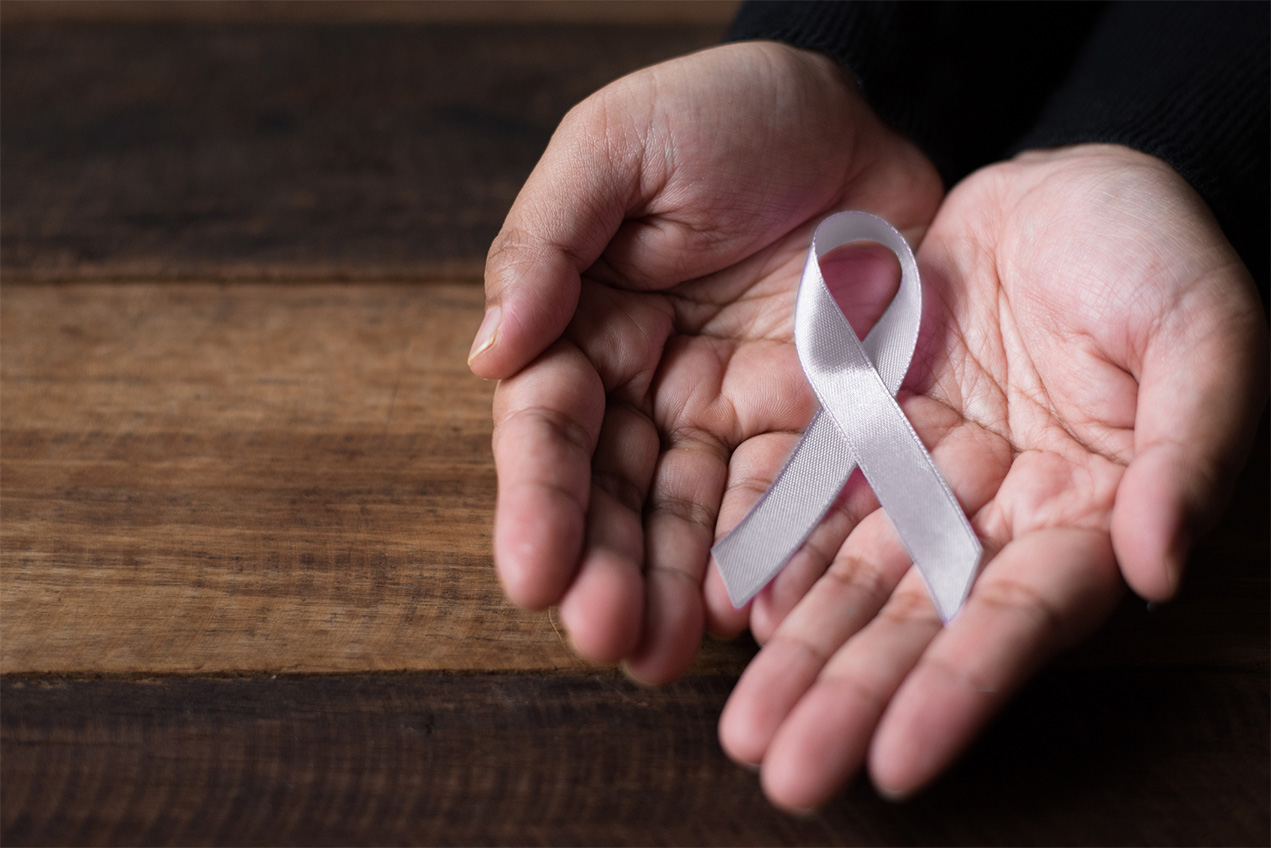We Help Lung Cancer Victims Seek Compensation

Who is Most at Risk for Lung Cancer?
If you’ve been diagnosed with lung cancer, it’s essential to understand that it may not be solely the result of your choices. While smoking remains the leading cause of lung cancer worldwide, there are additional hidden dangers beyond tobacco. Exposure to carcinogens like asbestos, radon, and other hazardous air pollutants has been scientifically linked to lung cancer, as well as cancers of the esophagus, mesothelium, and more.
If you or a loved one has encountered these harmful chemicals, your risk of being a victim of lung cancer may be heightened. If you’re uncertain about your exposure, consulting with a healthcare professional and exploring early screening options can provide valuable insights into your risk of future lung cancer development.
Who Is Eligible for Legal Action?
- People who may have been exposed to a carcinogen at work.
- Veterans who came into contact with a substance in the line of duty.
- Anyone who could have been living in or near a building built with asbestos.
- Anyone diagnosed with lung cancer or mesothelioma.
There are 236,740 new cases of lung cancer estimated for 2022.

Approximately 541,000 Americans living today have been diagnosed with lung cancer at some point in their lives.

